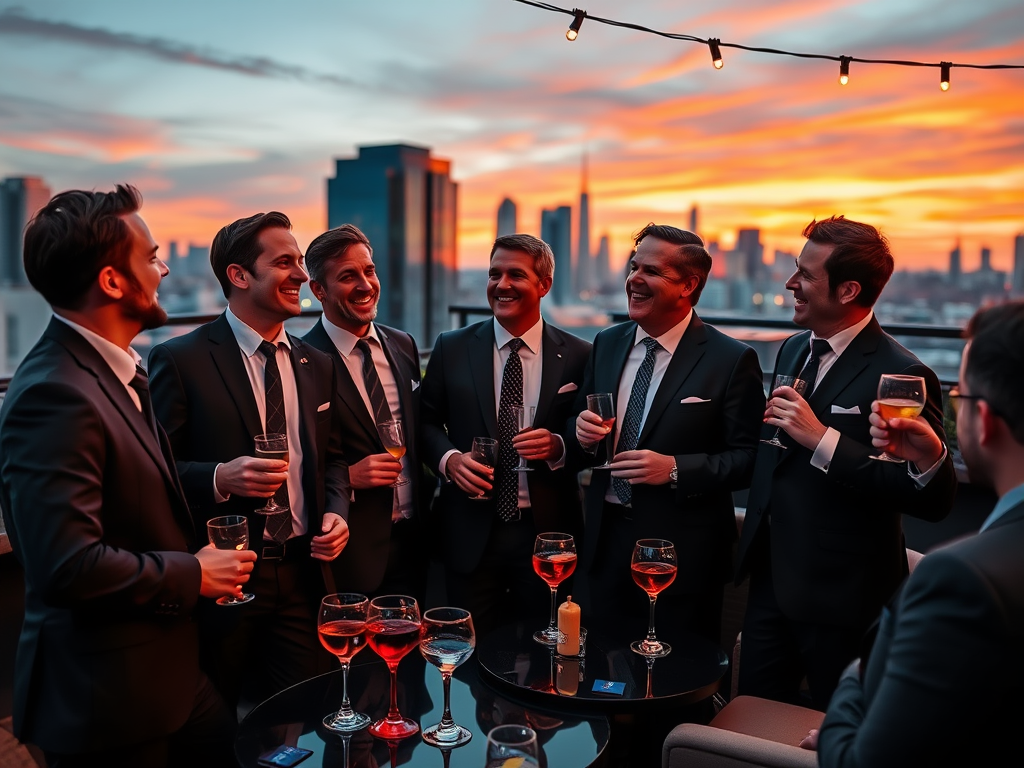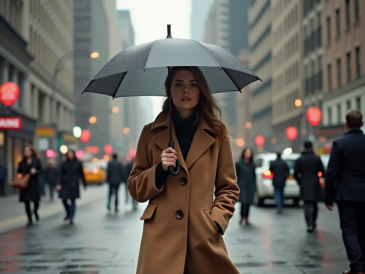Dressing for networking events is not merely about following a set of rules; it’s a reflection of your professionalism and personal brand. When you step into a room full of industry colleagues and potential business partners, your attire can set the tone for the interactions that follow. Understanding dress codes is essential—not only for making a good impression but also for navigating the nuances of various professional environments. This article aims to offer comprehensive guidelines and suggestions to help you decode these dress codes effectively, making sure you feel both comfortable and confident. By knowing what to wear for any occasion, you’ll be more prepared to engage meaningfully and leave a lasting impression.
A well-chosen outfit can bolster your self-esteem, facilitate networking conversations, and signal to others that you’re serious about your profession. You might find yourself wondering about the specific expectations tied to each type of event. Are you venturing into a formal gathering or a casual meet-up? The clarity surrounding dress codes will lead you closer to not only fitting in but standing out in the best possible way. Let’s explore the types of dress codes you might encounter in professional networking scenarios.
Types of Networking Event Dress Codes

So, what are the common dress codes you might encounter? It’s crucial to gauge the formality of an event so you can prepare your outfit accordingly. By understanding the varying dress codes, you can ensure that you make an immediate impact when you walk through those doors. Let’s dive deeper into the essentials of each category.
Business Professional
This dress code is typically the most formal and includes tailored suits and dresses that project authority and reliability. For men, this often means a well-fitted suit in conservative colors such as navy, charcoal, or black, accompanied by a dress shirt and dress shoes. Women might opt for a pant or skirt suit, complete with a crisp blouse and closed-toe heels. Remember, accessories in a business professional setting should be understated and elegant.
Here’s a quick list of suitable attire for the business professional dress code:
- Men: Tailored suits, dress shirts, and polished dress shoes.
- Women: Pant or skirt suits with blouses and conservative footwear.
- Avoid overly bright colors and flashy accessories.
Business Casual
Business casual provides a relaxed approach while still maintaining professionalism. This dress code allows for a mix of formal and informal attire. For men, slacks or smart chinos paired with a collared shirt is a common choice, while women might opt for dresses or a combination of blouses and tailored pants. While you still want to appear polished, there’s more room for personal style to shine in this category.
Some examples of business casual attire include:
- Men: Polo shirts with dress slacks or chinos.
- Women: Blouse with tailored pants or a knee-length dress.
- Footwear can be less formal, such as loafers or stylish flats.
Casual
In contrast, some networking events embrace a casual vibe. This might mean jeans and a polo shirt for men or stylish casual dresses and flats for women. While the atmosphere might be relaxed, it’s still vital to consider how your outfit reflects on your professionalism. Choose clothing that is clean, well-fitting, and maybe even a little trendy, while avoiding items like shorts or flip-flops, which can appear too informal.
| Dress Code | Men’s Attire | Women’s Attire |
|---|---|---|
| Business Professional | Tailored suit, dress shirt, dress shoes | Pant/skirt suit, blouse, conservative shoes |
| Business Casual | Polo shirt, dress slacks or chinos | Blouse with pants or casual dress |
| Casual | Jeans, polo or casual shirt | Stylish dress, nice top with jeans |
Factors to Consider When Choosing an Outfit

In addition to the dress code, various factors should influence your outfit choice. The first is the event location, as a prestigious venue may demand more formal attire. Outdoor events may prompt a different approach altogether. Adapting to the environment can greatly enhance your comfort and wardrobe appropriateness, making for smoother networking interactions. It is important to research the location ahead of time to gauge its vibe.
Another significant consideration is the weather. Fluctuations in temperature can affect your choice, especially in transitional seasons. Different climates call for strategic layering or selecting materials that breathe well. It’s essential to ensure that your outfit remains comfortable and suitable for the conditions while adhering to the specified dress code.
Industry standard expectations can shape attire choices significantly. While creative industries may offer more leeway in expressing personal styles, sectors like finance or law typically lean towards more traditional attire. Tailoring your outfit to align with industry norms helps you make connections while fitting into the professional landscape. Consider researching how others in your field dress when they attend similar events.
Tips for Dressing for Success
To further increase your chances of making a lasting impression, consider these tips when selecting your outfit. First and foremost, choose accessories wisely. A well-placed watch or simple necklace can make a statement without overpowering your attire. Too much bling can distract from who you are and your professional intent at the networking event.
Footwear plays a huge part in both comfort and style. Remember, during networking events, you might be standing for extended periods. Selecting shoes that combine comfort with a polished appearance can keep you feeling great throughout the evening. Aim for footwear that allows you to glide through conversations without the worry of sore feet.
Finally, don’t overlook the importance of grooming and personal care. Well-groomed individuals often command attention and respect, regardless of the attire they wear. Keeping up with basic hygiene and grooming techniques shows that you care about your appearance and your professional aspirations. The effort will convey your attention to detail in all areas of your business and personal life.
Conclusion
Choosing the correct dress code for networking events can significantly impact your professional image. By understanding the types of attire and considering factors like location, weather, and industry standards, you can confidently present yourself to potential connections. Whether you’re opting for business professional, business casual, or a more relaxed outfit, the key is to ensure that you’re comfortable while also respecting the event’s tone. In the end, your attire not only reflects your professionalism but also your readiness to connect meaningfully with others.
Frequently Asked Questions
- What should I wear to a formal networking event? Opt for a tailored suit or conservative dress with polished shoes.
- Is business casual appropriate for all networking events? Not necessarily; always verify the dress code specified in the event invitation.
- Can I wear denim to a networking event? It depends on the dress code; dark, tailored jeans may be acceptable in business casual settings.
- How important is grooming for networking events? Extremely important. Well-groomed individuals often leave a stronger impression.
- Should I prioritize comfort over style? Aim for a balance; you want to feel comfortable while looking polished and professional.





